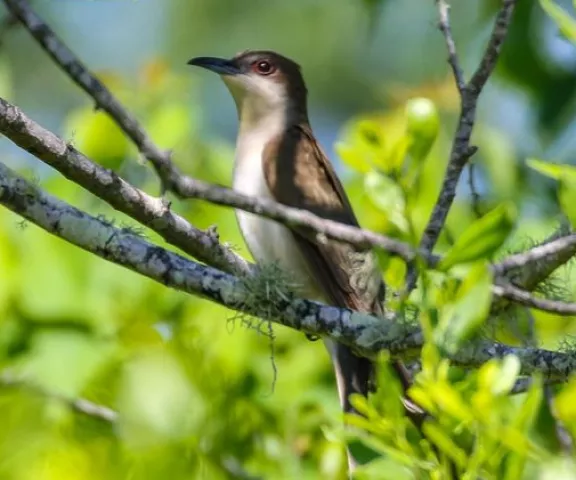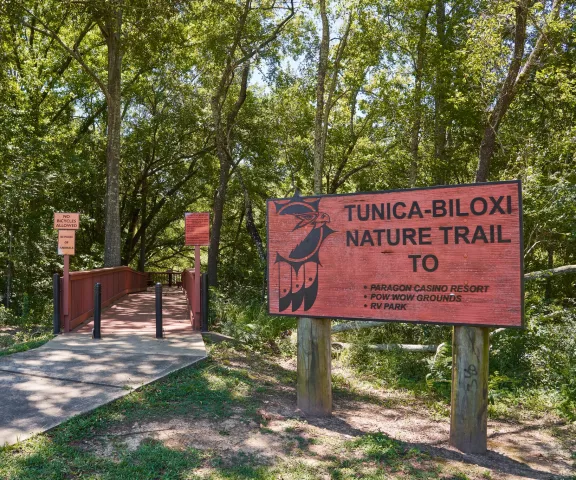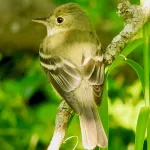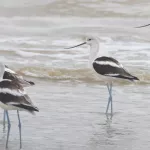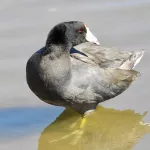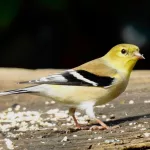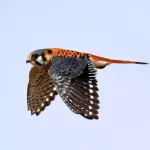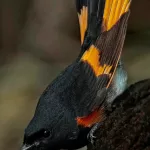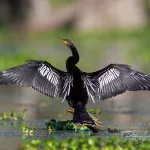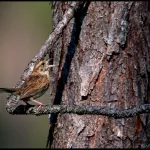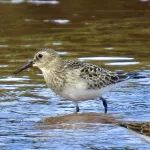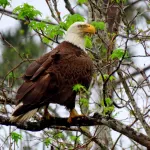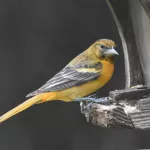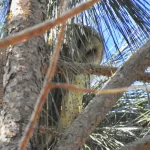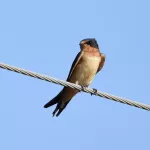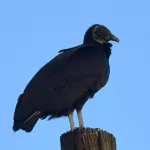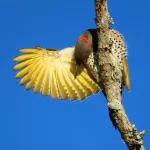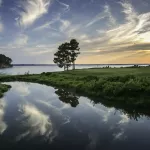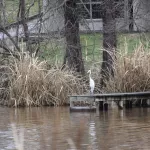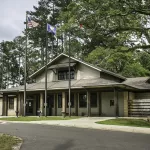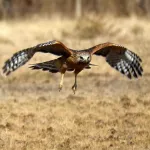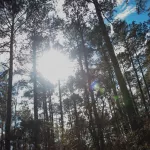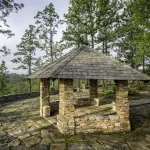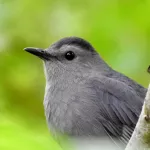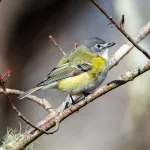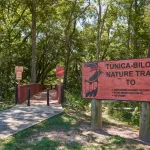Tunica Biloxi Nature Trail
Birders can combine their hobby with an education in Native American history during a visit to the Tunica-Biloxi Nature Trail. This one-mile handicapped-accessible elevated boardwalk runs through a leafy bottomland hardwood forest, ending up at the Tunica-Biloxi’s Cultural and Educational Resources Center.
Before arriving at the center, the nature trail winds through a fine bottomland hardwood forest dominated by mature oaks, along with sweet gum, pecan, and sycamore. While no records have been submitted from this site, all expected bottomland hardwood dwellers likely occur here, including various warblers and vireos.
Other species spotted here include Acadian and Great-crested Flycatchers, Red-bellied and Downy Woodpeckers, Red-shouldered Hawk, and Brown Thrasher. Additional wintering species include Eastern Phoebe, Blue-headed Vireo, and White-throated Sparrow.
The waterway the nature trail crosses is Coulee des Grues — French for “Gulley of the Cranes.” To this day, a large flock of Sandhill Cranes migrates to the surrounding agricultural lands during the winter, thanks to warmer temperatures and plentiful food sources.
On-site is an RV campground, a tribal Pow Wow Grounds, and the Tunica-Biloxi’s Cultural and Educational Resources Center (CERC) with its museum exhibit hall, conservation and restoration laboratory, and gift shop. A highlight of the multi-use facility is the “Tunica Treasure,” a vast collection of Native American and European trade items and other artifacts from the 1700s.
